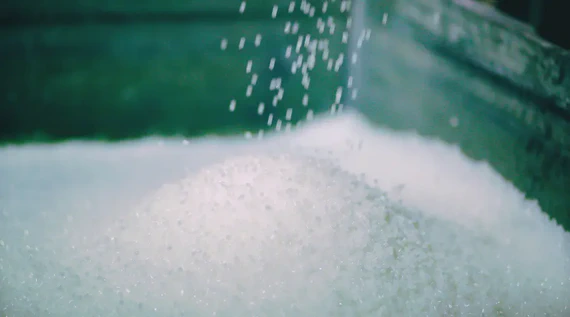
Masterbatch Compatibility with Different Polymers *Why the Right Carrier Resin Makes All the Difference*
🔹 Introduction In the world of plastic processing, masterbatch is a go-to solution for adding color, improving …

Color masterbatch does more than add color — it plays a critical role in plastic product manufacturing. From defining brand identity to enabling efficient processing and enhancing product durability, color masterbatch is a functional and technical component used across various industries.
Color is a key element of brand recognition. Whether in water tanks, packaging, or consumer goods, consistent color enhances visual appeal and market trust.
However, color accuracy depends on multiple factors:
Color masterbatch ensures consistent shade by pre-dispersing pigments in a carrier resin compatible with the base material.
A well-formulated color masterbatch supports smoother processing by:
These qualities reduce rework and improve surface finish, especially in injection molding, film blowing, and rotomolding.
Used for furniture, automotive interiors, electronics, crates, and more. Requires color that is stable under pressure and high heat, with tight tolerance for repeatability.
Color masterbatch must include UV stabilizers to resist fading, surface chalking, and degradation under sunlight exposure.
Color must be food-grade, lightfast, and compatible with thin-wall, high-speed production.
Formulations help mask base color inconsistencies while maintaining desired opacity and dispersion.
Industry shifts are driving demand for:
These trends require technically advanced pigments and tailored masterbatch formulations.
When specifying a color masterbatch, consider:
💡 Quick Tips for Choosing the Right Color Masterbatch
– Match carrier resin with base polymer
– Always test for thermal stability
– Avoid overloading pigment — it can reduce part strength
– Ask for lightfastness data for outdoor use
Color masterbatch is a critical design and performance input, not just a visual enhancement. When carefully selected and properly applied, it strengthens brand identity, improves manufacturing consistency, and ensures long-term product durability.
#ColorMasterbatch #PlasticProcessing #InjectionMolding #WaterTanks #PackagingFilm #PigmentDispersion #RecycledPlastics #UVStability #BrandColor #PlasticColorSolutions

🔹 Introduction In the world of plastic processing, masterbatch is a go-to solution for adding color, improving …

In today’s competitive plastic industry, cost optimization without compromising performance is a constant challenge. …
With 80,000 MTA capacity and world-class manufacturing across India, Sonali delivers plastic solutions trusted around the globe.
Contact Us